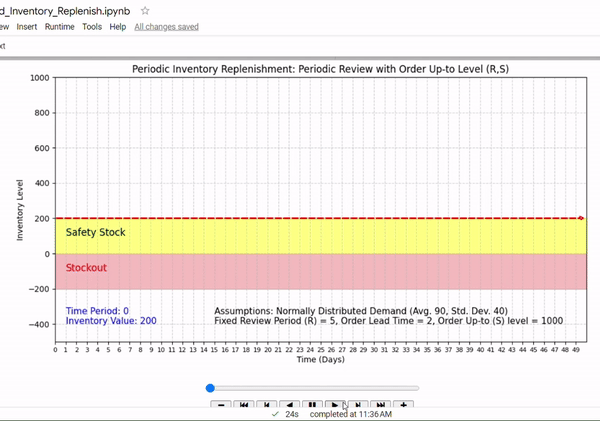In the wake of the COVID-19 pandemic, the world has witnessed unprecedented volatility and uncertainty, forcing businesses to rethink their supply chain strategies. As industries grapple with the new normal, building resilience has become a top priority. The key to navigating this challenging landscape lies in leveraging data-driven decision-making and embracing emerging technologies.
As a student at the MIT Supply Chain Management Master’s Program, I have been exploring these critical aspects of modern supply chain management. The program offers a wealth of opportunities to dive deep into the world of data-driven decision-making, with courses like “Supply Chain Analytics”, “Introduction to Python”, “Databases and Data Analysis”, and “Data Science and Machine Learning for Supply Chain Management”. These courses have equipped me with the tools and knowledge needed to tackle real-world supply chain challenges, such as the Traveling Salesman Problem and inventory optimization, through the use of advanced algorithms and simulation techniques.
Optimizing Routes with the Traveling Salesman Problem:
Imagine a salesman tasked with visiting multiple cities, seeking the shortest possible route to optimize time and resources. This classic optimization problem, known as the Traveling Salesman Problem (TSP), mirrors the challenges faced by supply chain professionals in optimizing delivery routes:
– Minimizing Distance: Finding the shortest route to reduce transportation costs and time.
– Efficient Resource Allocation: Optimizing routes to ensure efficient use of fuel and vehicle capacity.
– Adapting to Constraints: Accounting for real-world constraints like time windows and traffic conditions.
Through my coursework, I delved into the 2-Opt algorithm, a fast and creative heuristics solution that dynamically optimizes routes. This fast technique iteratively seeks improvement opportunities, exchanging two edges to produce a shorter tour and repeat until the desired precision is achieved. By developing a simulation model, I witnessed firsthand how this approach can efficiently tackle complex supply chain problems, as demonstrated in the video.

Building Resilience through Inventory Simulation
Picture a world where businesses can predict the future and proactively respond to disruptions. This is the power of inventory simulation. I have chosen to replicate a periodic replenishment policy which has a fixed schedule (R) and an up-to level (S). By replicating a periodic replenishment policy, I gained valuable insights into the trade-offs between safety stock levels, order quantities, and service levels. The simulation results, showcased in the video, empowered me to ideate on potential inventory optimization opportunities and understand the importance of data-driven decision-making in building supply chain resilience.

Conclusion
In the post-COVID era, supply chain professionals must embrace data-driven strategies and emerging technologies to navigate the complexities of an uncertain world. Through my journey at MIT, I have witnessed the transformative power of simulation and optimization techniques in unlocking supply chain resilience. By leveraging these tools, businesses can make informed decisions, anticipate disruptions, and optimize their operations in the face of adversity. As I continue to expand my knowledge and skills, I am excited to contribute to the future of supply chain management in an increasingly dynamic and interconnected world.
